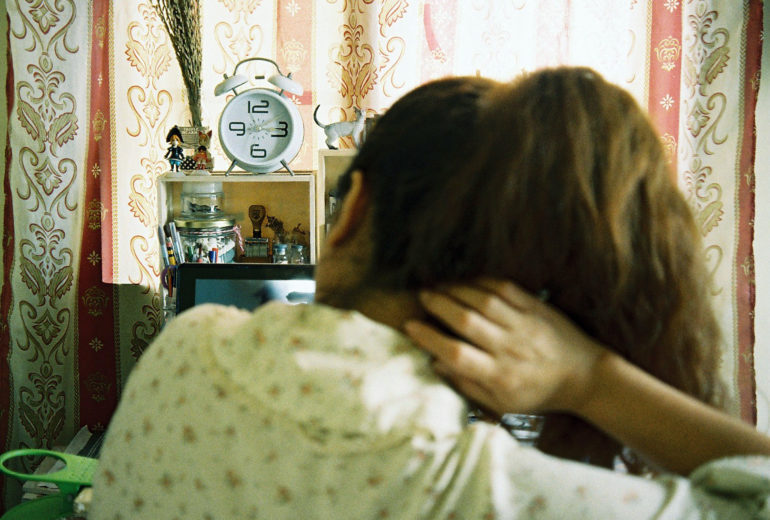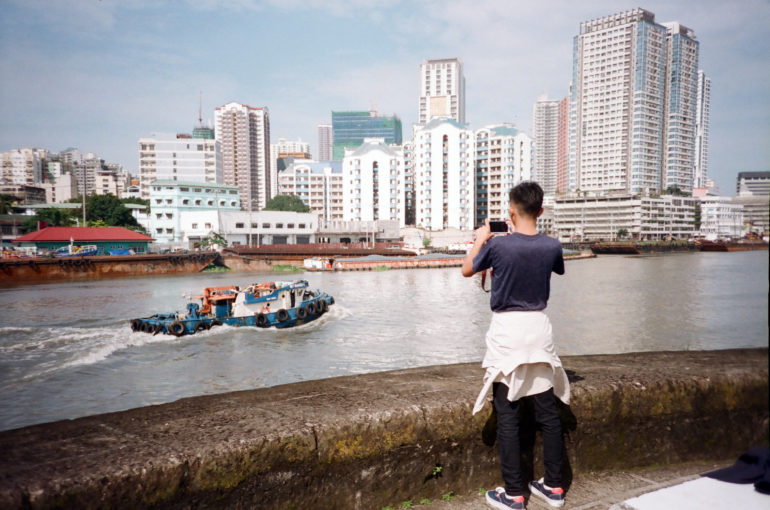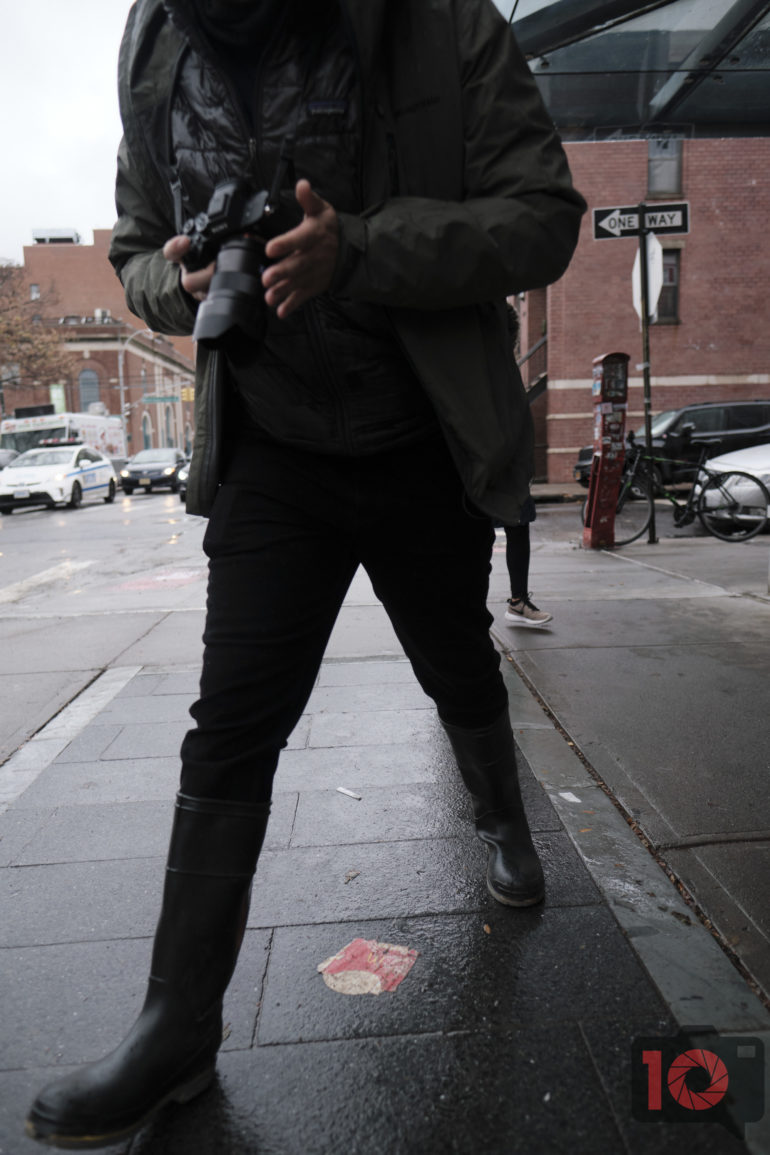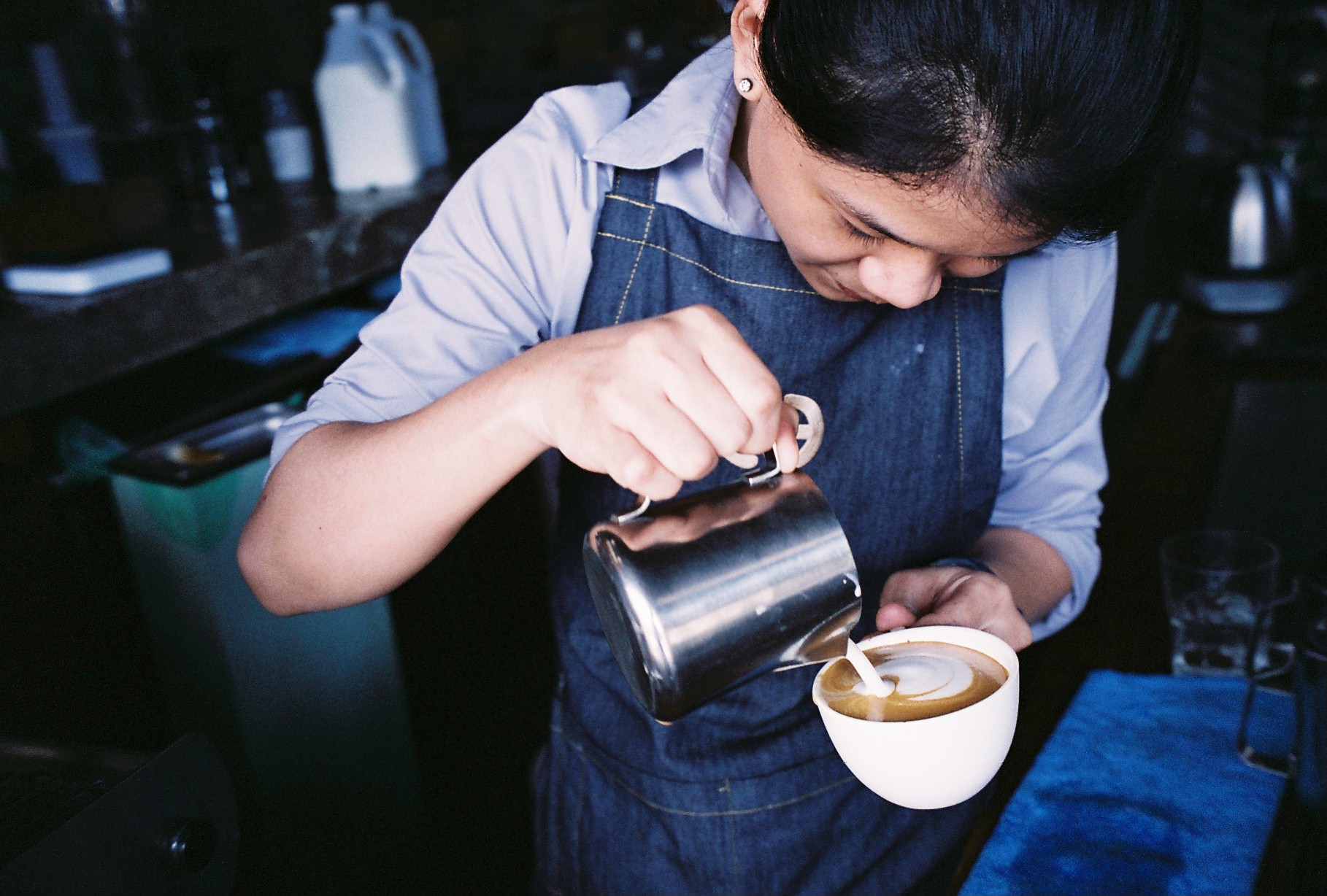Creativity is a finite resource that needs to be replenished — hence the term creative juices feels accurate, even for photography.
Creativity is a big part of our craft as photographers. It’s what fuels our best ideas, defines our personal style, and sets our work apart from random snaps and throwaway photos. It’s so crucial for both professional and personal work that we find ourselves restless whenever we feel we’re not being creative enough with our concepts or execution. I’ve lost track of all the ideas or projects I abandoned the moment I realized they were mediocre or not creative enough. I swoon at projects — photography related or otherwise — brought to life by creativity and originality. However, I also concede that creativity is a highly subjective construct, and our notions of what makes something creative also tend to change with time. So, it only follows that we eventually formulate our own ways of coping with creative blocks. For those who are yet to figure it out, however, getting unstuck from a creative rut can be frustrating.
Some nights of rumination got me thinking that we have to change our way of thinking about creativity. We have to see it as a finite resource that must be replenished. We have to understand that when we don’t feel creative or inspired enough, it doesn’t mean we’re no longer capable of coming up with work that we personally love. It simply means it’s time to refill our creative juices. As photographers, we both live off of and live for creative work, so we can think of it as a skill that is as valuable as the others we use in photography.
One of the biggest roadblocks to any creative work, of course, is being stuck in a creative rut. I fall into this pit in two ways: as a writer and a photographer. Because I’m a writer first and a photographer second, I somehow feel more comfortable navigating writer’s block than being uninspired with photography projects. There are times I feel overwhelmed instead of inspired by the photos I scroll through on social media (more on that later). I always feel I don’t have ideas that “work” for a photography project. So, I fall deeper and deeper until I become terribly stuck.
Getting Out of a Creative Rut

I recently felt a stronger drive to get unstuck because I miss being able to shoot free of inhibitions: to just let the work manifest itself as I go instead of me forcing it out. So, I asked the rest of the Phoblographer staff for ideas on how to get out of a creative rut, which, of course, we want to share with all of you as well.
“I remind myself that ruts are part of the cycle of creativity, and I gotta go through it to get out of it. This too shall pass,” said our Copy Editor Mark Beckenbach, and I definitely agree. This is also tied to the idea I earlier mentioned about seeing creativity as a finite resource.
Mark also added a comforting perspective that can help us snap out of being uninspired or dissatisfied with our ideas and outputs: our mindsets and understanding of ourselves — and our view on creativity — are simply changing. “Sometimes, when in a rut, I realize my understanding of myself or creativity, in general, is changing. With that in mind, it‘s okay to become disenchanted with my output at times. My creative awareness is expanding.”
I also find consolation in the words of our Gear Editor Brett Day, who told me that creative ruts are normal occurrences in our personal and professional lives. However, he also cautioned that it happens when we become complacent and bored from shooting the same subjects or scenes all the time. The solution, therefore, is to get yourself to see things differently than what you’ve been used to.
“When I fall into creative ruts, I try to make myself see the world differently, and one of the best ways to do this is to force yourself to shoot with a single focal length that you aren’t proficient with. Primes are ideal for this as they will make you work to get a shot, whereas a zoom will still allow you to be lazy. The more you challenge yourself to look for unique takes on scenes, the better. If you don’t have different lenses, consider renting a prime lens for a week, and then use it exclusively.”
Trying and Learning New Things

Going back to what Brett said about complacency, there’s only one way to sort that out: learn and try something new. By going out of your comfort zone, you also open yourself to many different experiences, ideas, and perspectives that can help you become more creative, especially when brainstorming on new projects.
“Try new genres of photography, learn about new techniques, and then put them to use. If you usually shoot landscapes, try your hand at environmental portraits, macro, street, or any number of genres. Perhaps try and master long exposures if it is something you are unfamiliar with or learn how to use lights instead of relying on natural light. The key is to challenge yourself to make things interesting again.”
Related to this is the notion that creativity involves tapping other creative outlets and disciplines and finding connections between them to create something new. Or, as better put by Steve Jobs in a 1996 Wired interview:
“Creativity is just connecting things. When you ask creative people how they did something, they feel a little guilty because they didn’t really do it, they just saw something. It seemed obvious to them after a while. That’s because they were able to connect experiences they’ve had and synthesize new things.”
We’ve seen this in action in many of the impressive photography projects that we featured in the past. When something totally unexpected gets combined with photography, it usually transforms into eye-catching, unique, and thought-provoking bodies of work.
Minimizing Distractions from Social Media

Social media, as we’ve already stressed in many of our features, has become both a boon and bane to photographers. This is especially the case for Instagram, which continues to be a popular platform among both established and emerging photographers for sharing their work. “For better or for worse, Instagram has become a go-to outlet for photographers to showcase their latest work. However, thanks to Instagram’s constant rejiggering of how its timeline and algorithm behaves, we can no longer reliably reach the audience that we’ve worked so hard to build,” our Reviews Editor Paul Ip explained. This is just one of the many reasons we believe that minimizing, if not totally eliminating distractions from social media will help boost creativity.
Paul also makes an important point that since it’s now significantly harder for our new works to be seen organically on Instagram, anything we post is good as dead if it doesn’t garner loads of engagement directly after posting. This, in turn, has led to a negative feedback loop where creatives on the platform are creating new works just for the sake of boosting engagement instead of creativity itself.
“This is anathema to what led most of us to create in the first place, but therein lies the Catch 22 that is Instagram. To quote the popular 1983 film War Games, ‘The only winning move is not to play.’ For this reason, I chose to take a year off from sharing my work on Instagram. Rather than focusing on creating content for engagement’s sake, I took the year off from the platform to foster my creativity and to rediscover what drove me to create in the first place instead. Not having to worry about artificial matrices such as likes and comments has been refreshingly liberating.“
So, approach posting on Instagram with caution. Don’t fall into the trap of counting likes and comments to validate your work and use it as a measure of your skill or creativity as a photographer. Paul also suggests, “create just for the hell of it” and to your heart’s content. As a writing mentor once told me, don’t write something you wouldn’t want to read yourself.
Our Editor in Chief Chris Gampat once again reminds us not to put all our efforts into building work around Instagram. “It isn’t your website. You don’t have control over it. That’s an open relationship between you, the Zuck, and your project. And there isn’t enough room for three of you.”
Carving Out Time for Creative Photography

To stay creative and productive as a photographer, you need to keep shooting. The only way it’s going to happen is to have your camera with you at all times as much as possible, and make time for it no matter how busy life gets. “I don’t (yet) subscribe to the idea of taking a conscious break from shooting,” Mark said on why he simply just keeps shooting. “I keep hitting the street with my camera even if I sometimes don’t take a single picture when I’m out. I’ve become okay with that as I realize I’m still training my eye.”
Chris also has an interesting perspective for us on this topic. He suggests that we treat our photography projects almost like a relationship and be fully committed to making them happen.
“It requires time, so you need to put in time but you also need to feel like you’re getting something back from it. And that requires a level of nearly unconditional love for something. Other things can’t get in the way. If you love something, you find ways to make it work, make space for it, and to really fit it into your life. Further, that requires setting goals, and like a relationship, having an open and candid conversation with the creative side of yourself. You need to make plans with the creative side of yourself. You need to commit to those plans and not just cop out of them. You need to wake up together, spend weekends together, etc.”
Building Habits That Help Photographers Keep Shooting

By now, we should all be able to understand that creativity is something that must be steadily cultivated instead of forced. Habits play a big part in this. It may be challenging at first to choose habits that will help you become a more creative photographer. It will most likely be a struggle to build a new routine and stick to it. But making photography a habit is the only way you can put together all the pointers mentioned above.
”Put yourself in situations where you have to be committed,” suggested our Feature Writer, Dan Ginn. “When I lived in London I set up a weekly photographer club where we would meet each week, have a new theme and focus, and then go out and shoot. Leading the club, it was really important for me to attend to keep it together. This, in turn, ensured I kept shooting actively, even during less inspired times.”
Dan also finds blogging to be a great way to keep shooting, because integrating it into your creative routine creates expectation from your readers. To meet those expectations, you must stay active, come up with new concepts and ideas, and of course, keep shooting.
One thing I can suggest on this is to make a list of things you can realistically do and fit into your daily schedule. Most importantly, this must be something you are willing to put work into — every day, if necessary — until it becomes as regular as brushing your teeth. This will instill a sense of discipline and help you get your brain wired to creating something once it’s called to do so. This was what helped me when I was putting together a year-long photo diary project documenting the last year of my 20s.
There may be some things I missed here that can help us refill our creative juices for photography or other creative work. If you have some suggestions, it would be great if you can share them in the comments below!
Additional Readings:
The Importance of Turning Negative Energies Into Creativity
The Idea of Craft vs Creativity in Photography
Boosting Your Creativity as a Photographer Through Self Care


